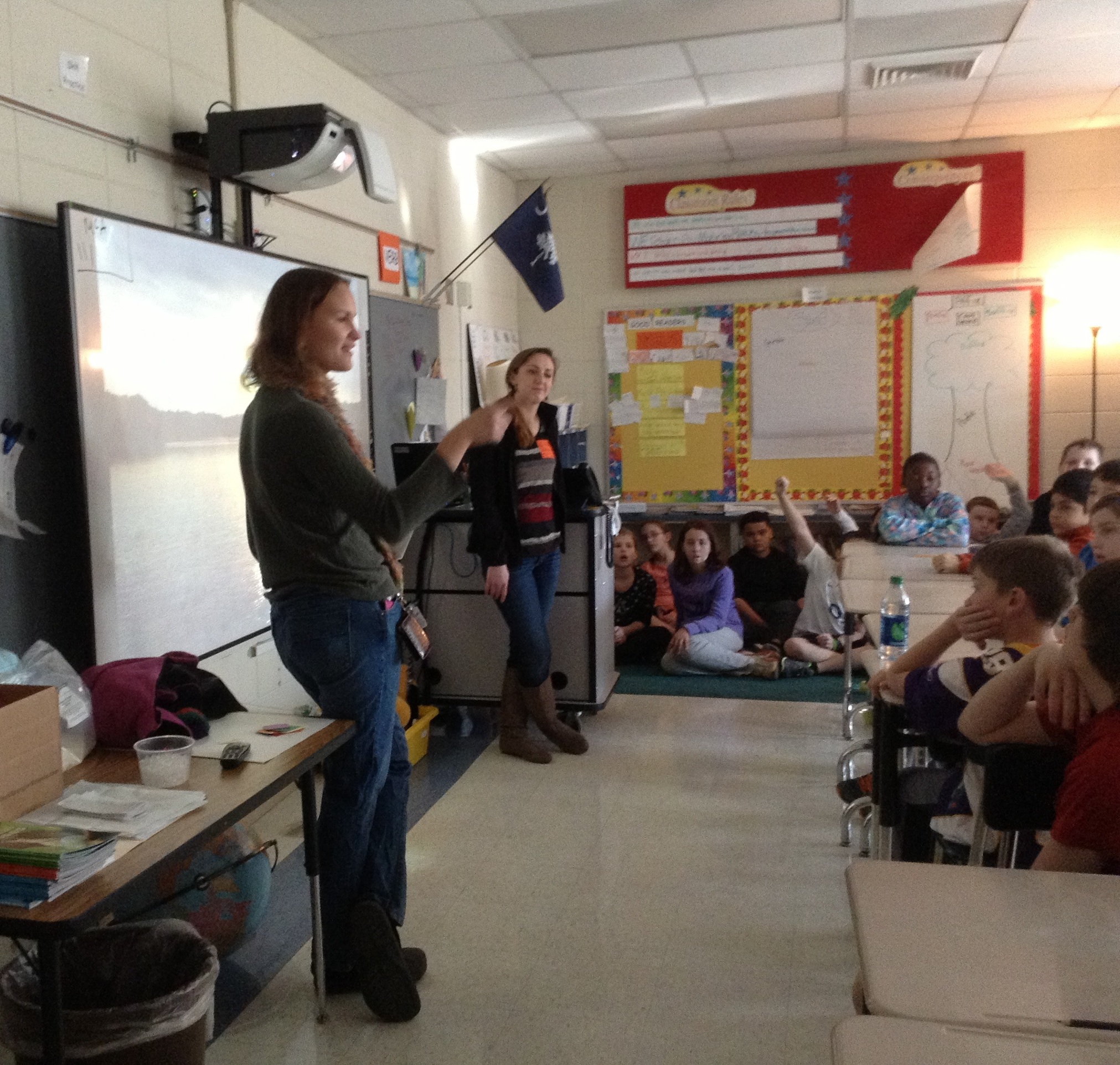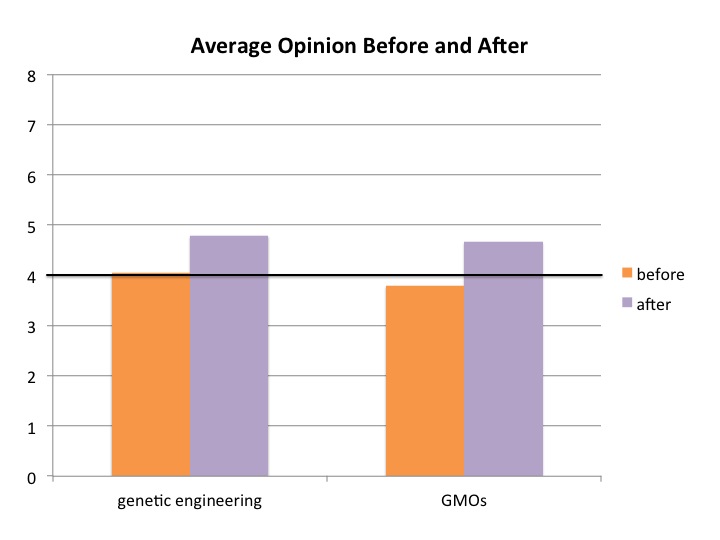Team:Clemson/Outreach
From 2013.igem.org
(→Pendleton High School) |
(→Clemson Elementary School) |
||
| Line 5: | Line 5: | ||
In March, we visited several 4th grade classes at Clemson Elementary School. We introduced the students to the idea of microorganisms and explained that not all bacteria are “bad” bacteria, and that some bacteria can even be helpful. The students were already surprisingly knowledgeable of the topic, and like all little kids, they had tons of questions! We had a good time explaining that you can’t tell a good bacteria from a bad bacteria just by their color and that yes, sometimes even bacteria have their own “bacteria”! We plan to return to the school this spring and play games with the students to continue to expand their knowledge of microorganisms and synthetic biology. | In March, we visited several 4th grade classes at Clemson Elementary School. We introduced the students to the idea of microorganisms and explained that not all bacteria are “bad” bacteria, and that some bacteria can even be helpful. The students were already surprisingly knowledgeable of the topic, and like all little kids, they had tons of questions! We had a good time explaining that you can’t tell a good bacteria from a bad bacteria just by their color and that yes, sometimes even bacteria have their own “bacteria”! We plan to return to the school this spring and play games with the students to continue to expand their knowledge of microorganisms and synthetic biology. | ||
| - | [[File:Outreach_Pic.jpg| | + | [[File:Outreach_Pic.jpg|300px|thumb|right|Teaching the kids about contaminants on the bottom of Lake Hartwell]] |
==Pendleton High School== | ==Pendleton High School== | ||
Revision as of 03:38, 27 September 2013
Clemson Elementary School
In March, we visited several 4th grade classes at Clemson Elementary School. We introduced the students to the idea of microorganisms and explained that not all bacteria are “bad” bacteria, and that some bacteria can even be helpful. The students were already surprisingly knowledgeable of the topic, and like all little kids, they had tons of questions! We had a good time explaining that you can’t tell a good bacteria from a bad bacteria just by their color and that yes, sometimes even bacteria have their own “bacteria”! We plan to return to the school this spring and play games with the students to continue to expand their knowledge of microorganisms and synthetic biology.
Pendleton High School
In April, we spoke to three classes of juniors and seniors at Pendleton High School. We introduced them to iGEM and its mission, synthetic biology, and our project. Since these students have already taken high school biology, we were able to go into more details about the molecular tools that we use in the lab, and even ran a gel for a demonstration. While these students were more reserved, they did open up towards the end and we had some good discussions regarding the ethics of synthetic biology.
We also had the students take a survey both before and after our presentation, which provided us with some fascinating insights:
- Only 1/3 of the high school students we spoke to had heard of synthetic biology before
- Students that had heard of synthetic biology had a slightly more positive opinion of synthetic biology that those that weren’t sure what it was
- After our presentation, over half of students said that it had improved their opinion of synthetic biology
- Not a single student left our presentation with a worse opinion of synthetic biology
The teacher we worked with really enjoyed our visit and has invited us back for this year. She said she would speak with other members of the science faculty about our future visits become a part of the biology curriculum.
 "
"


